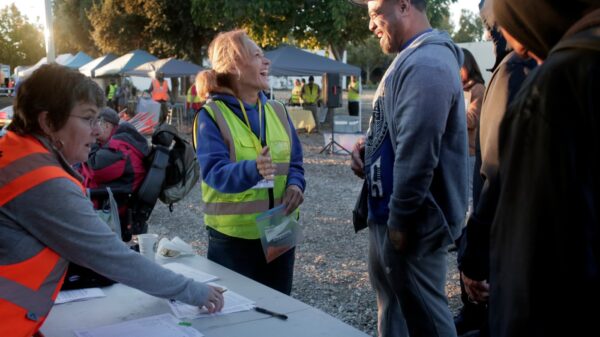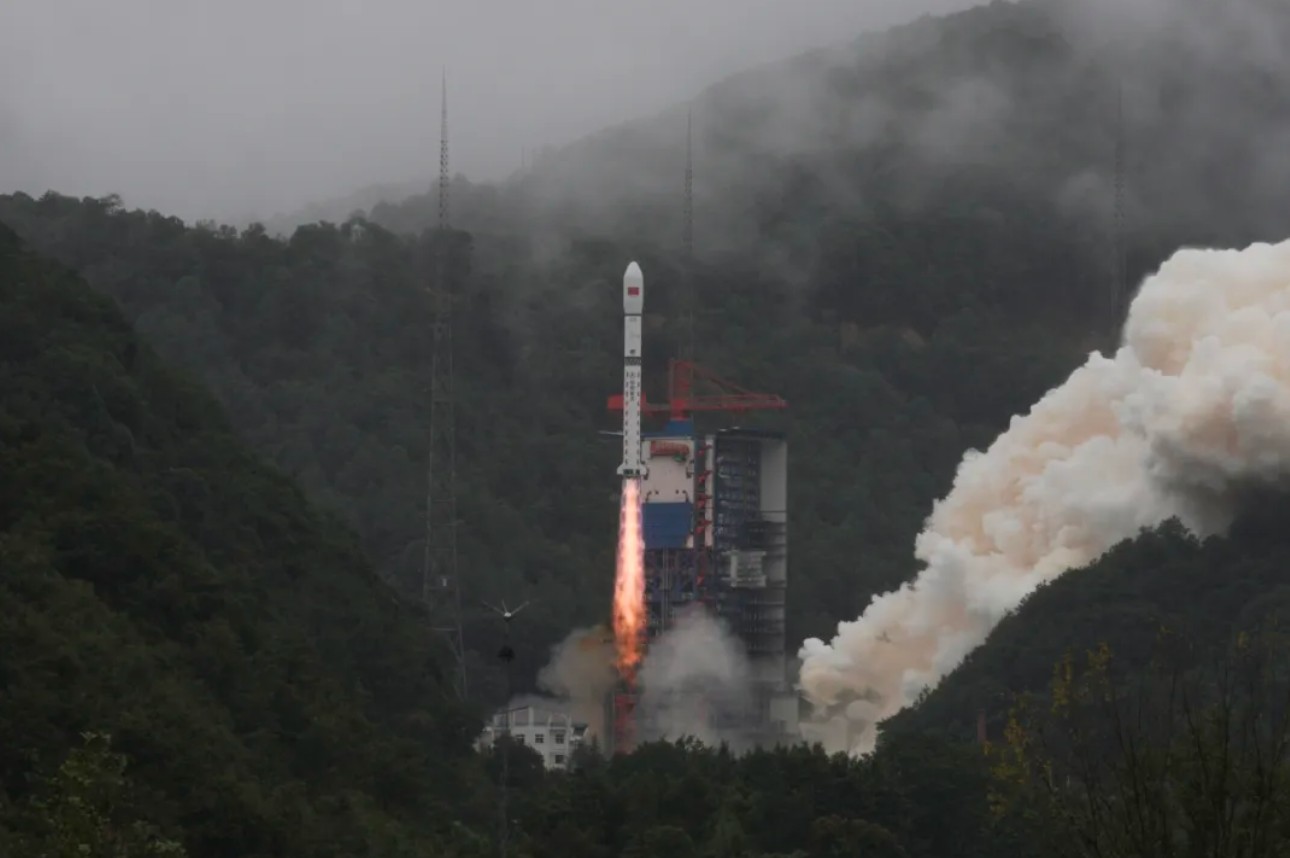A Long March 2D rocket successfully launched a pair of experimental satellites into orbit on September 28, 2025, as part of China’s expanding space program. The rocket lifted off from the Xichang Satellite Launch Center in southwest China at 11:00 p.m. Eastern Time (03:00 UTC, September 29). The China Aerospace Science and Technology Corporation (CASC) confirmed the launch as a complete success, with the payloads identified as the Shiyan-30 (01) and (02) satellites.
These new satellites primarily serve to test and verify technologies related to Earth observation, according to CASC. They were developed by the Shanghai Academy of Spaceflight Technology (SAST), which is part of the state-owned CASC. Shiyan missions are typically characterized by limited information disclosure, with few images or operational details made public.
The Shiyan-30 satellites were later cataloged by U.S. space domain awareness teams, indicating they are operating in roughly circular orbits at an altitude of 590 kilometers, inclined at 35 degrees. While the official description of Shiyan missions centers on space environment detection and related technology experiments, analysts suggest that these satellites are used to trial new systems, such as sensors and communications subsystems.
Expanding Capabilities
The Shiyan series has been instrumental in a range of applications, including technology demonstrations, space environment monitoring, electronic intelligence, remote sensing, and space situational awareness. Recent activities involving Shiyan satellites show their versatility, with some operating in low Earth or near-polar orbits, while others have ventured into geosynchronous orbits. Notably, the Shiyan-12 (02) satellite has reportedly approached the Space-Based Infrared System (SBIRS) GEO 6 spacecraft, also known as USA 336, in the geostationary belt.
The launch of the Shiyan-30 satellites marked the 100th flight of the Long March 2D rocket, making it only the second Chinese launch vehicle to achieve this milestone, following the Long March 3B. This successful mission adds to a busy month for China’s space program, which has seen a total of ten launches in September alone. Other notable missions included the Shiyan-29, a Ceres-1 solid rocket launch, and multiple launches of military and Earth observation satellites.
Future Launches and Developments
As of now, the September 28 launch represents China’s 59th orbital launch attempt of 2025, with only one failure reported involving the loss of a Zhuque-2E rocket from commercial entity Landspace in August. Looking ahead, upcoming missions include a Long March 8A launch from the Hainan commercial spaceport and the second Gravity-1 solid rocket from Orienspace, both anticipated around October 10.
China’s vigorous launch schedule highlights its commitment to advancing its space capabilities, with the Shiyan missions serving as a critical component in testing and validating new technologies for future operations. As the nation continues to expand its reach in space, the implications for technological advancement in Earth observation and beyond remain significant.







































































